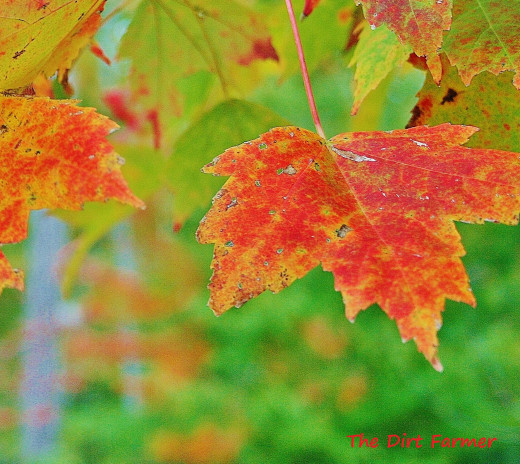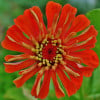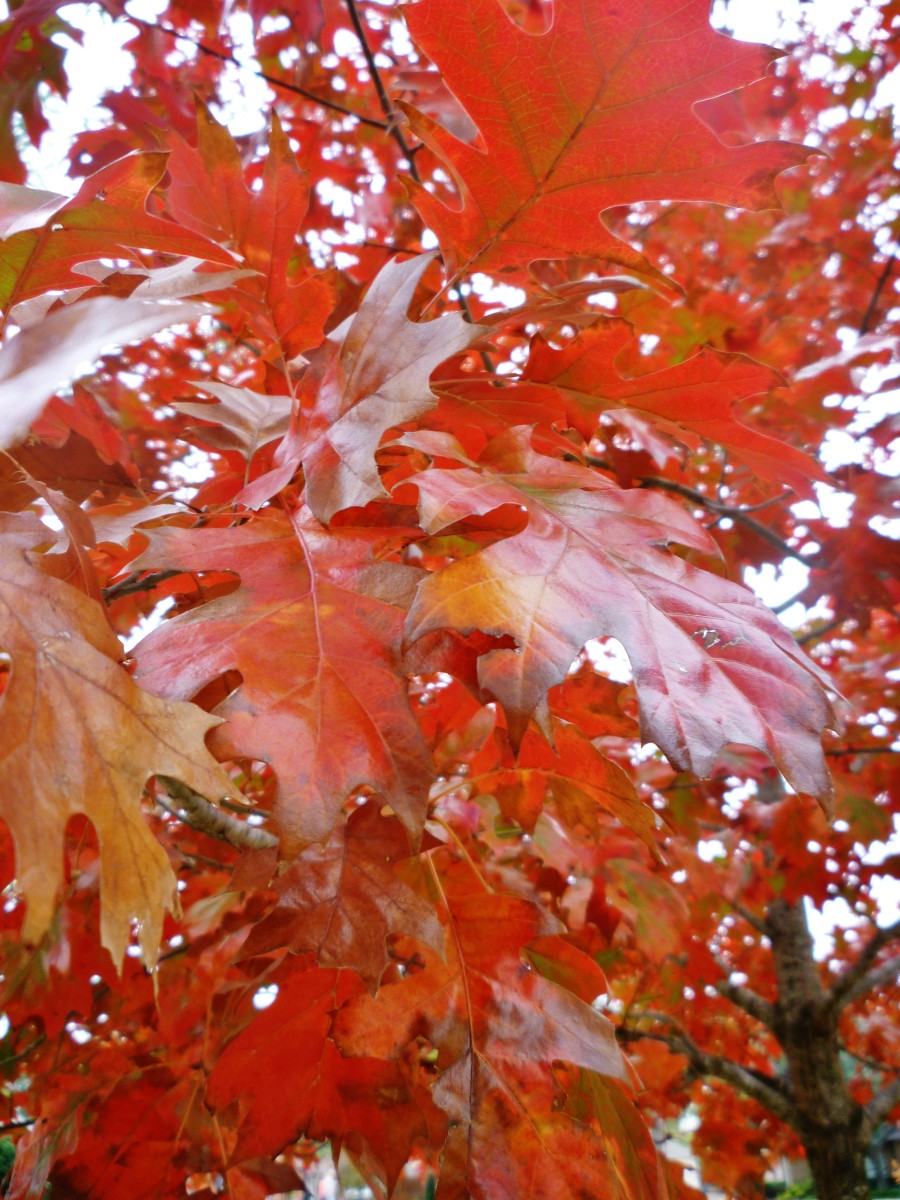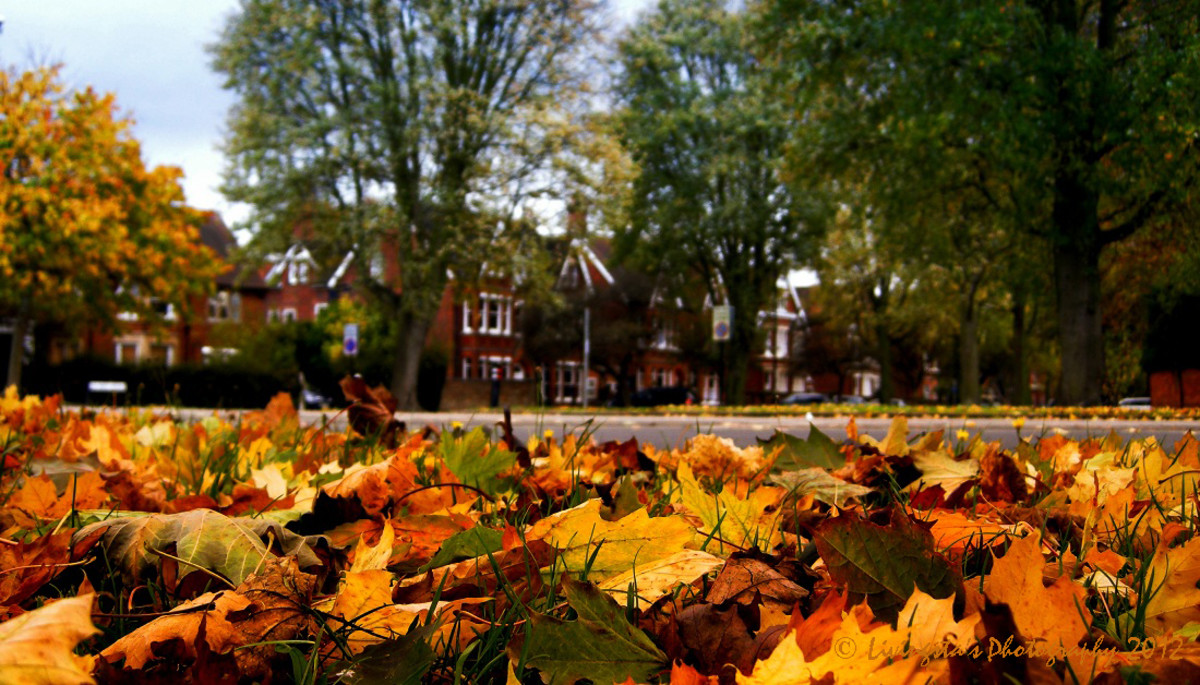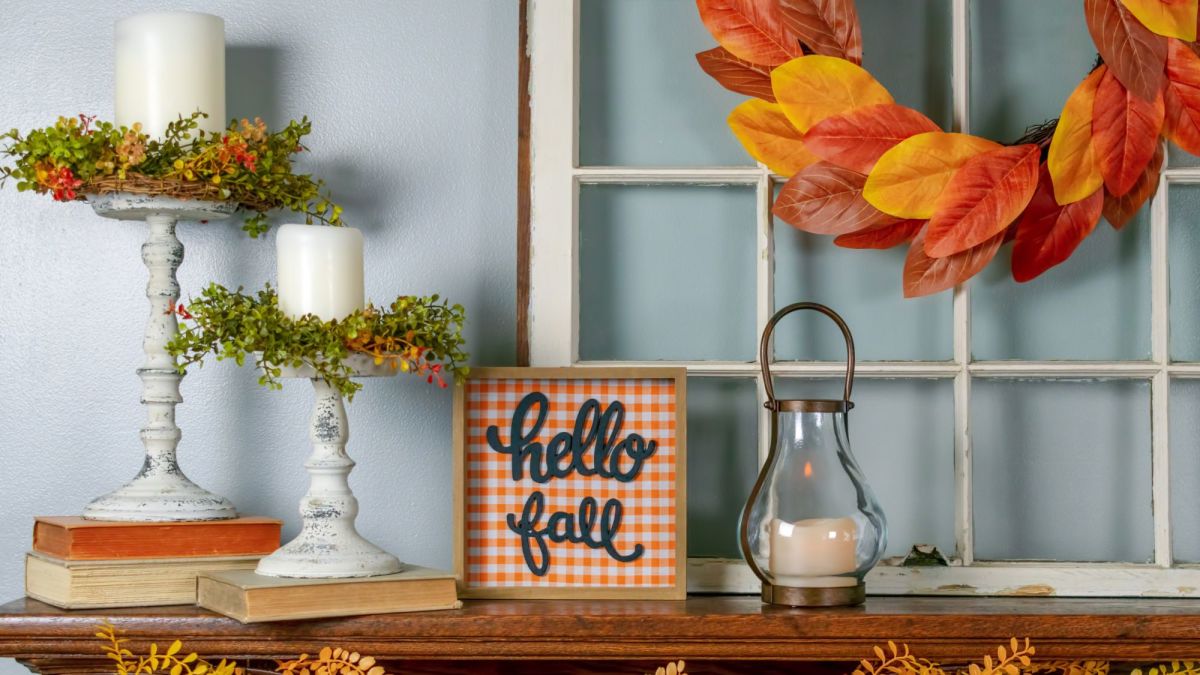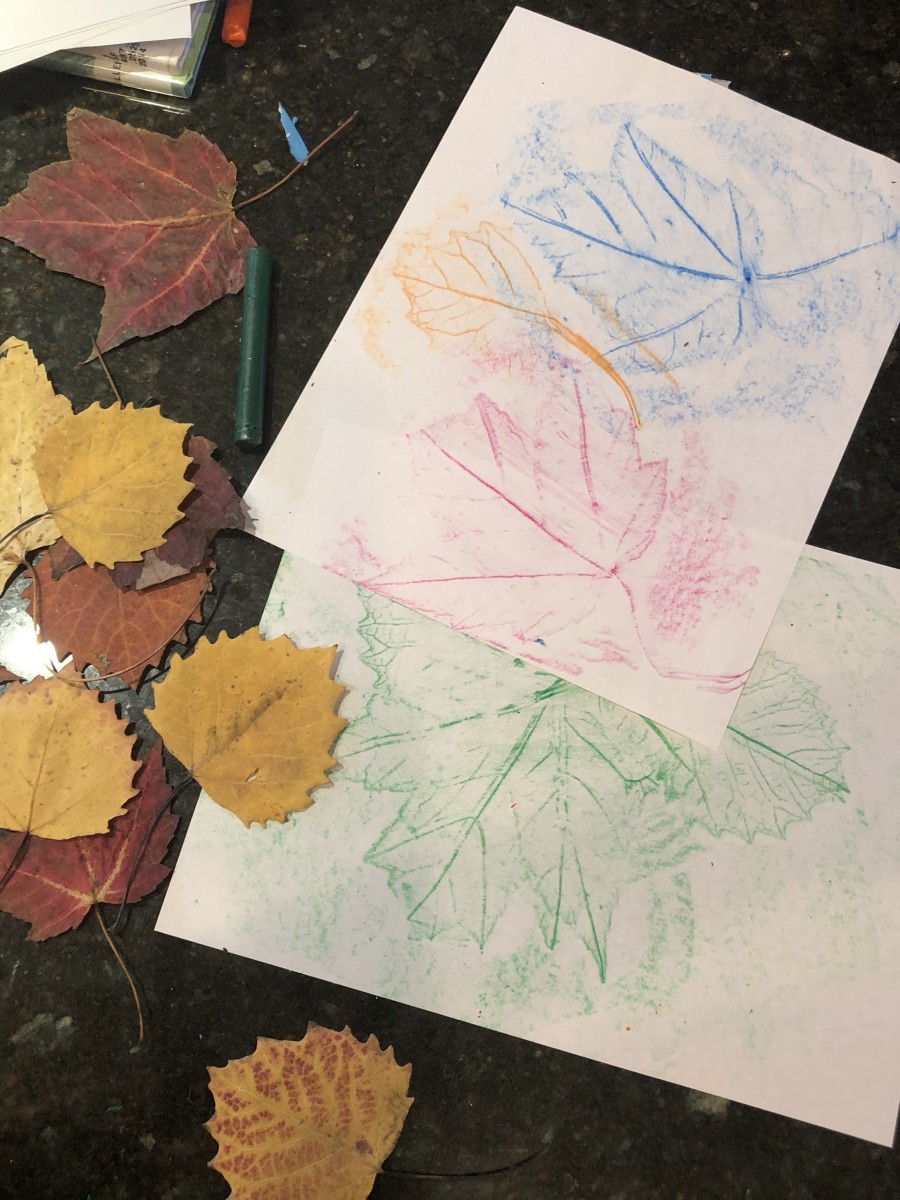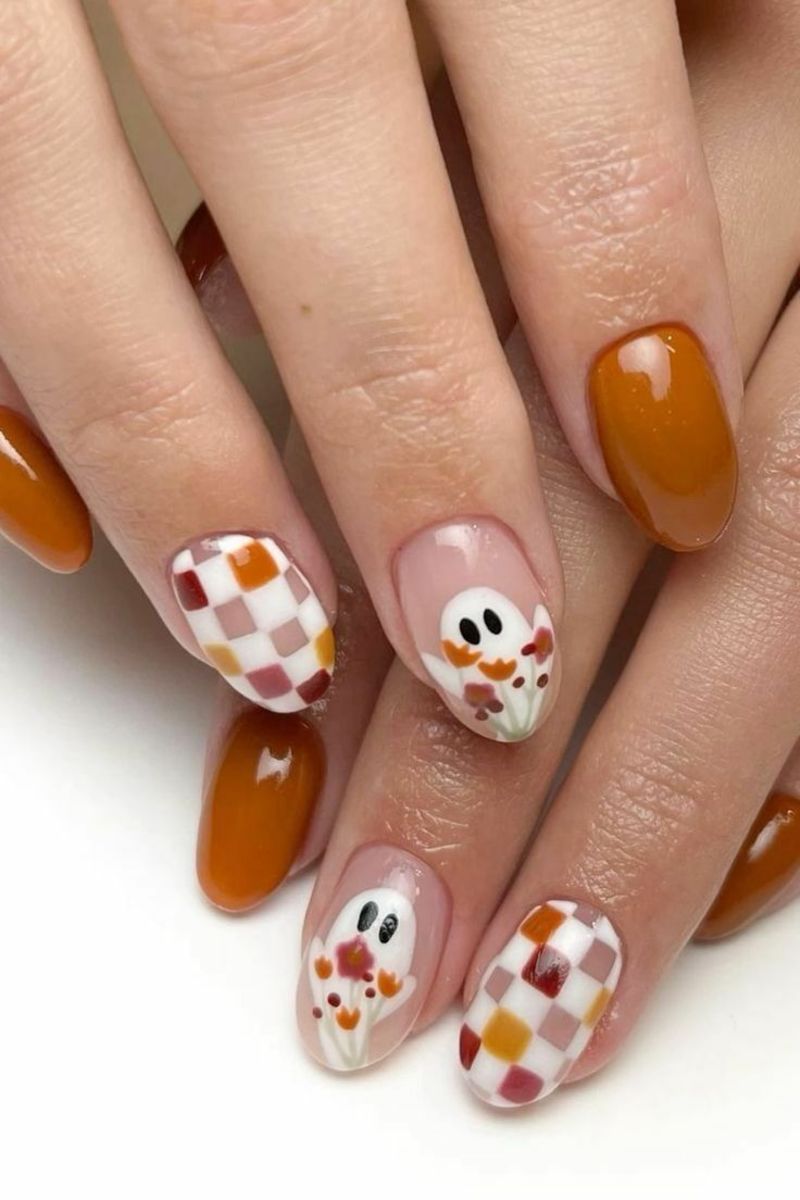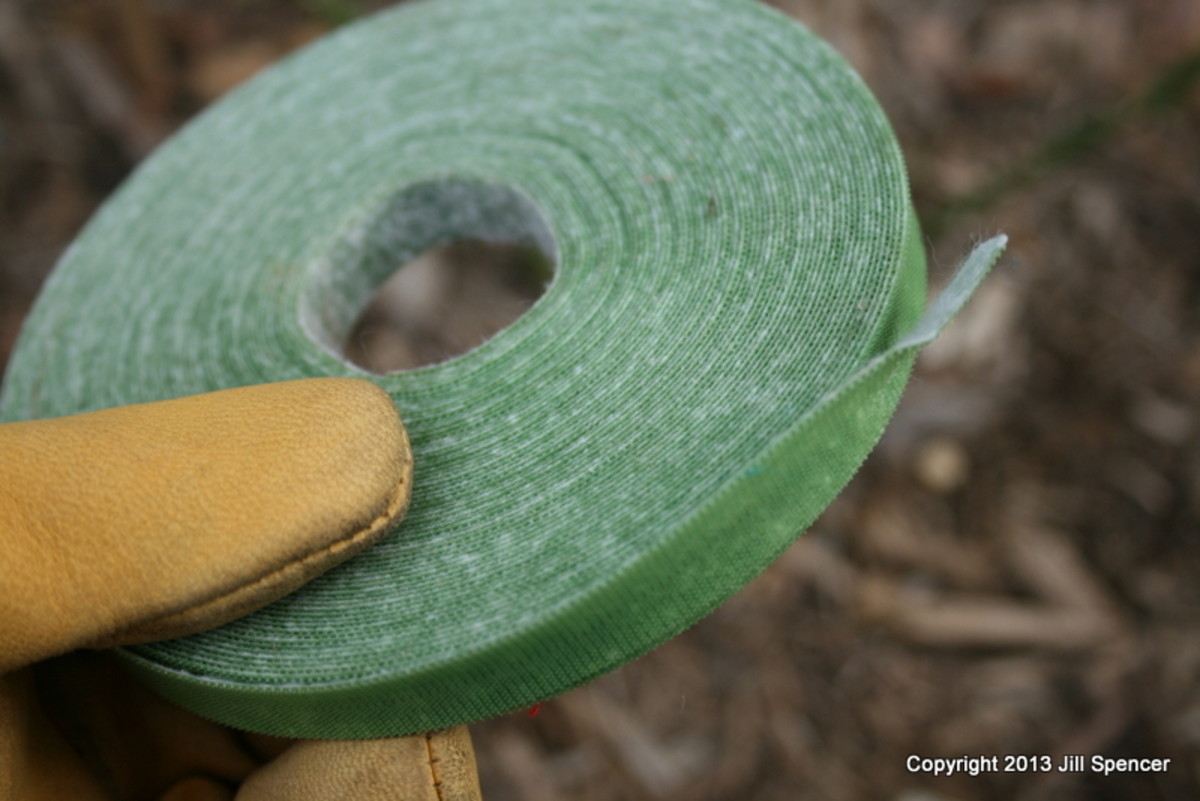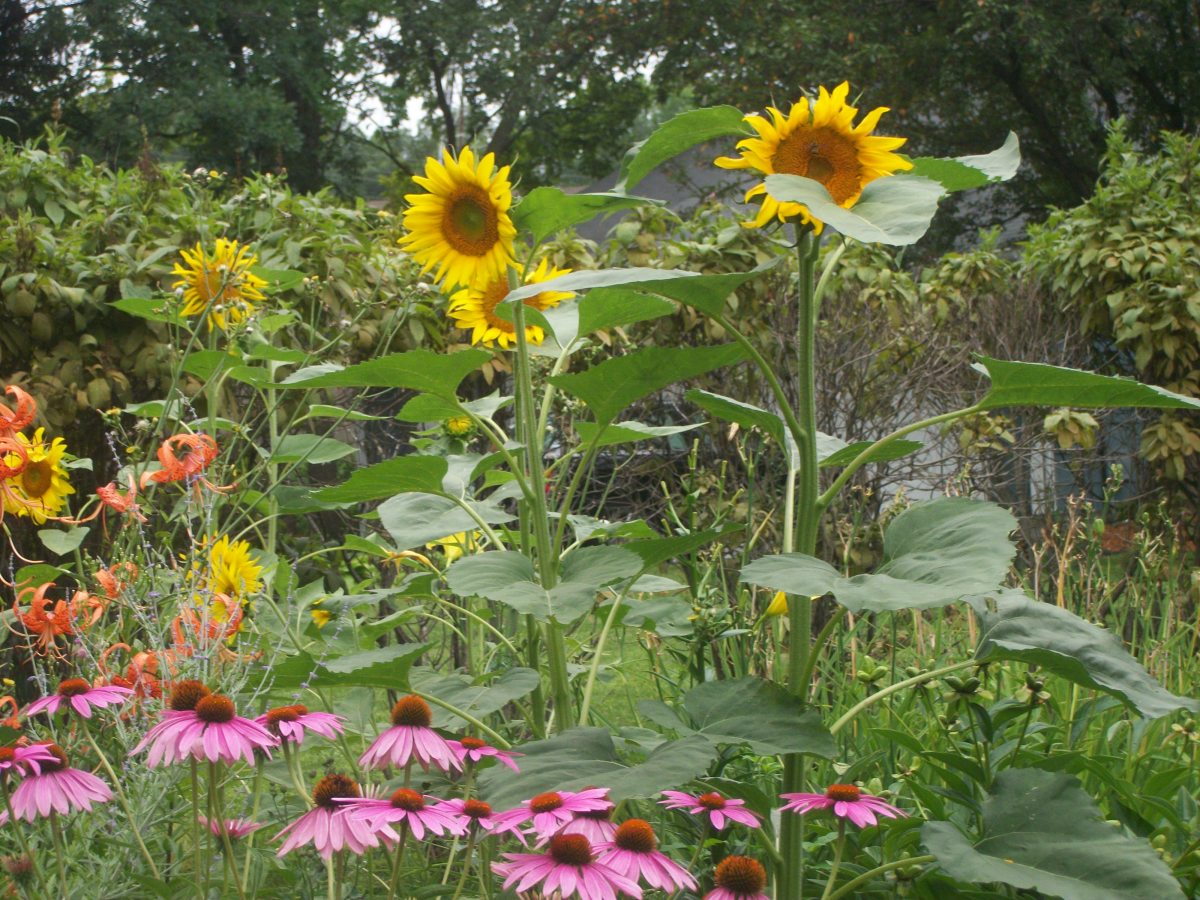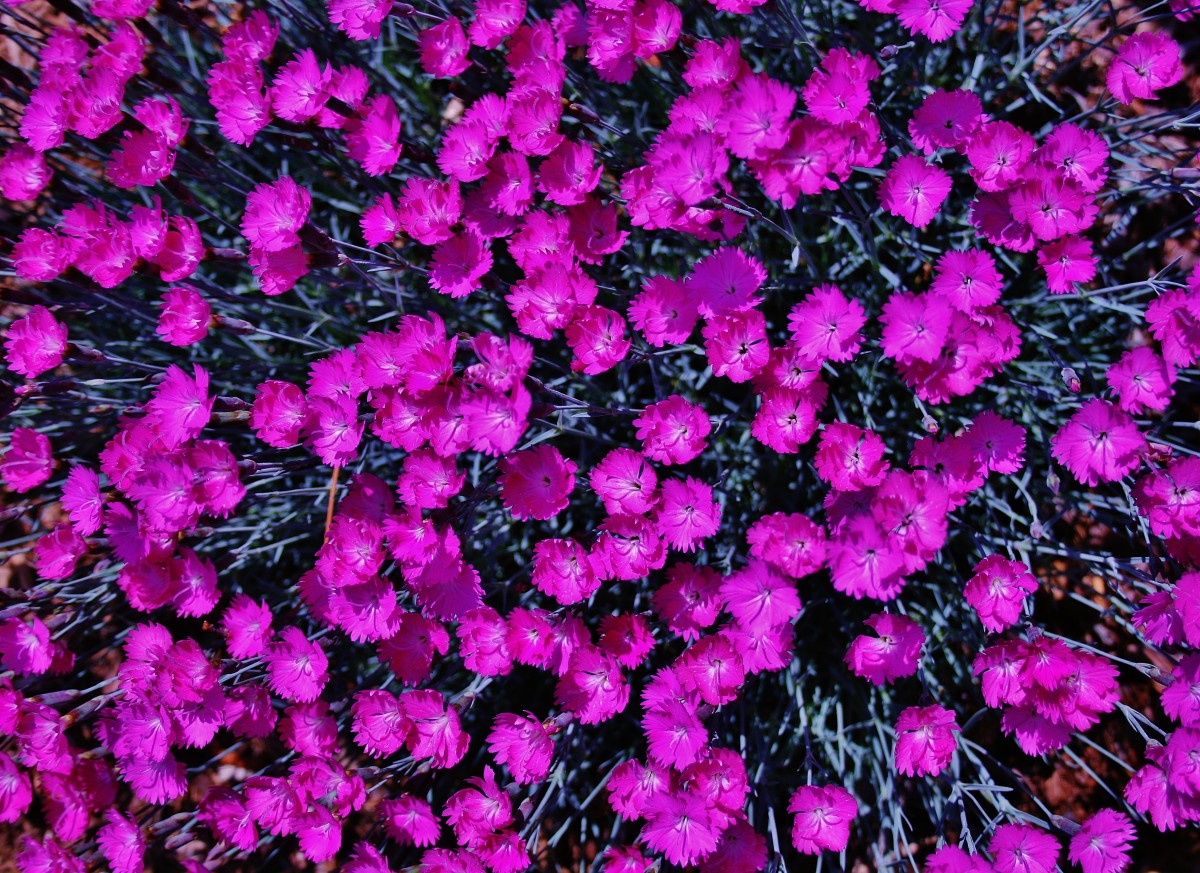Fun Fall Leaf Projects
How much fun can you have with fall leaves?
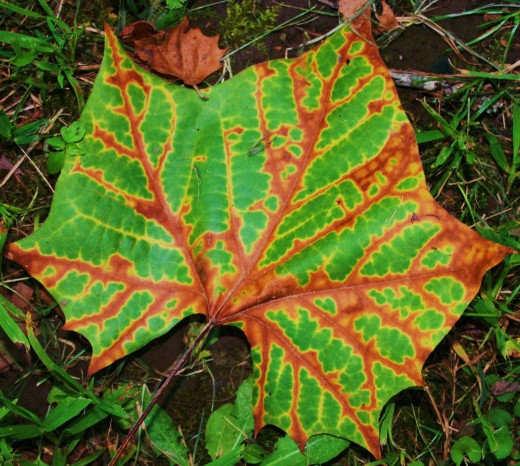
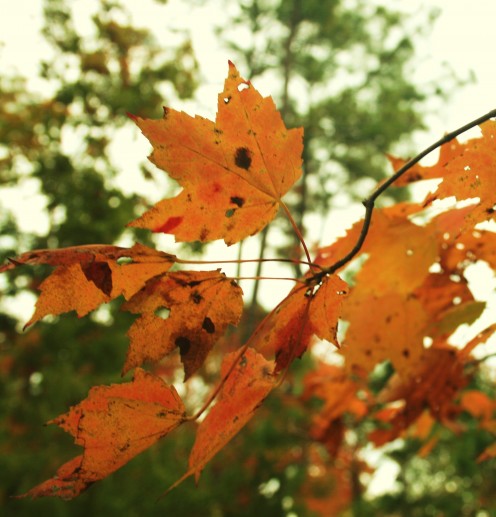
Sometimes the simplest things in life can be the most exquisite. Spider webs. Butterfly wings. River rocks, driftwood, sea glass, seashells. And when the days begin to shorten, autumn leaves.
Whether they're in piles or trapped under your windshield wiper on a wet October day, there's something naturally beautiful about the shape, texture and especially the color of autumn leaves.
This year, instead of just admiring them, why not bring the beauty of autumn leaves into your home?
Press them.
Just as you can press flowers, you can press leaves in order to preserve their beauty. A press like the one pictured below will see you--and your children--through many autumns.
How to Press Leaves (Without Special Equipment)
If you don't have the cash or the inclination to buy a leaf-pressing kit, no worries. You can also press leaves and flowers using items that most people ordinarily have around the house: newspaper, wax paper and heavy books.
For specific directions, check out the YouTube video tutorial below from Howcast.
Fun with Pressed Leaves
Once you have preserved your autumn leaves through pressing, the sky (and your imagination) is the limit as to how you use them.
Pressed fall leaves can form the basis of lots of fun home projects both you and your family will enjoy. Here are just some of them.
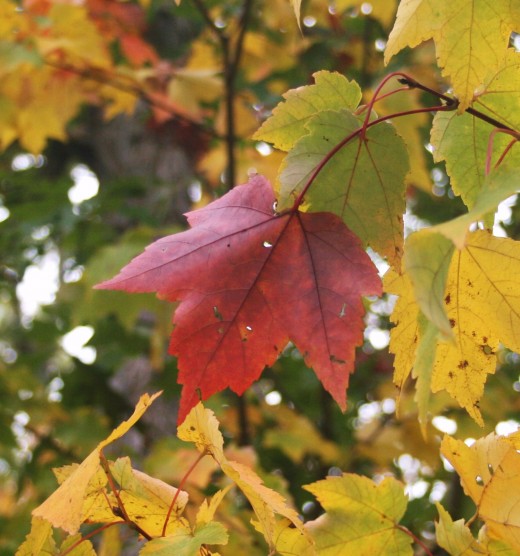
Autumn Leaf Collage
If you're a "crafty" person, why not try your hand at creating an autumn leaf collage? For step-by-step directions, visit this HGTV link.
Autumn Leaf Animal Art
If you're really artistic, you could even try your hand at making leaf animals like the ones pictured at this site. They're amazing!
Fall Leaf Framed Art
Even if you have little or no artistic talent, you can make stunning autumn leaf art. Single pressed leaves as well as pressed leaf collections can be just as beautiful as a collage when framed. Like some examples? Check out these ideas for framing pressed leaves from Country Living.
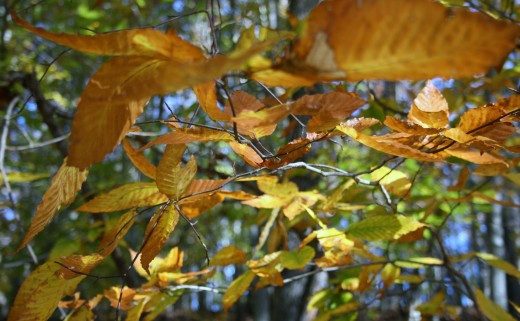
Autumn Leaf Table Decorations
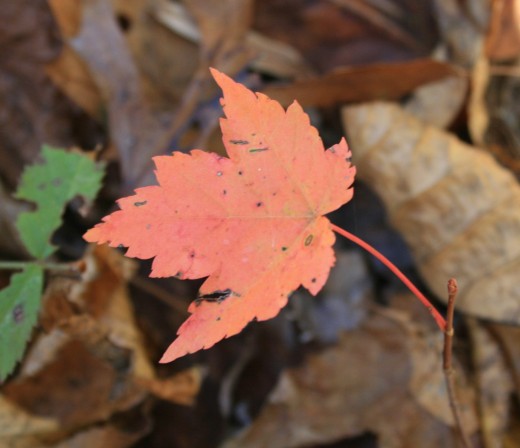
Create colorful fall tabletops!
Fresh or pressed, autumn leaves make gorgeous decorations for fall dinners, especially at Thanksgiving. You can
- artistically arrange them along your table runner--or better yet, let a collection of fall leaves serve as your runner.
- wrap them around napkins and tie them up with rafia, yarn or strips of corn husk.
- set them under glasses for pretty fall coasters.
You can also use them as place cards for a special dinner or an autumn wedding! After pressing the leaves, write on them with a black, silver or gold ink pen. They make a beautiful natural table decoration.
Fall Leaf Paperweights
Inexpensive gifts & accessories
Colorful fall leaves enclosed in DIY paperweights make charming seasonal desk accessories. Make one for yourself, or create several for family and friends.
Homemade paperweights are awesome gifts for men as well as women.
Fall leaves not only have aesthetic value. They can also protect plants & enrich soil.
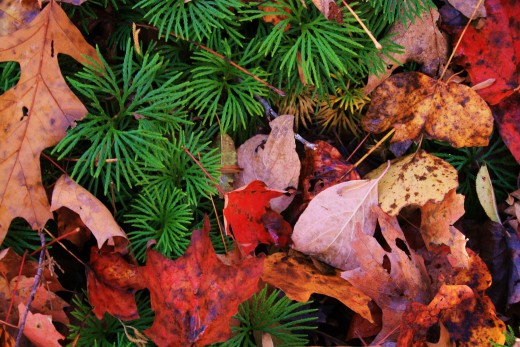
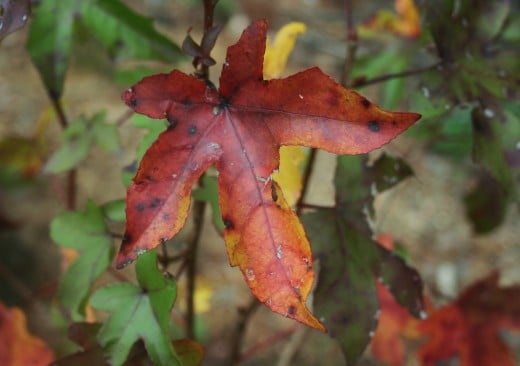
Leaf Mold
Leaf mold (compost made of leaves) is a great soil amendment that adds friability as well as key nutrients to your soil. To make leaf mold, gather autumn leaves and place them in wire compost bins like the one pictured right. Tamp the leaves down and leave them alone for a year. Then turn them vigorously and thoroughly. Wait another year. The pile of leaves that you began with will have reduced by half (or more) when the leaf mold is ready to use.
According to Nick Noyes' Easy Composters You Can Build, you can speed up the two-year process by shredding the leaves before you add them to your compost bin.
Leaf Mulch
Instead of allowing the leaves from your compost bin to sit another year, turning into leaf mold, you can use them after the first year as mulch. Pile them over tender plants to protect them from winter's harsh cold. Just like bark mulch, they'll reduce the risk of damage due to frost and ice. They will also continue to decay over the winter, enriching your soil.
Leaf Compost
Fall leaves are also good "brown" items to add to your composter, compost pile or compost hole. They have little nitrogen and will break down slowly.
